JOIN US WHATSAPP
CLICK HERE
JOIN US TELEGRAM
CLICK HERE
TOPIC 9: THERMAL CURRENT ELECTRICITY
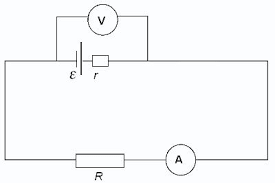

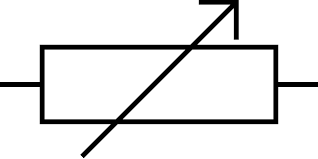
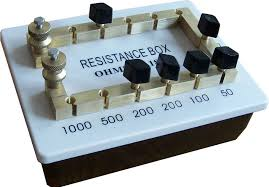
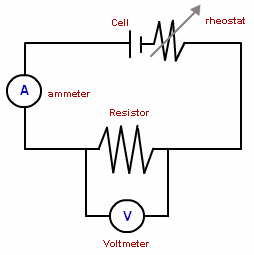
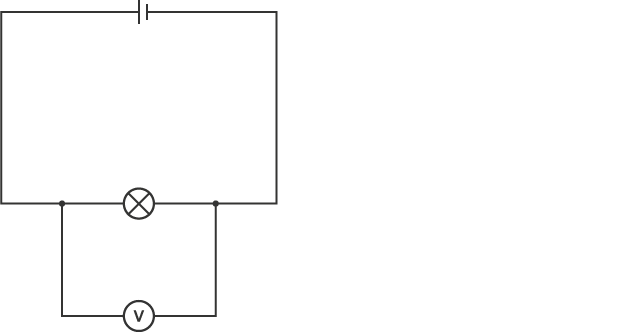
Electromotive force (emf) and potential difference (pd)
The Concept of Electromotive Force (emf) and Potential Difference (PD)
Explain the concept of electromotive force (emf) and potential difference (pd)
Potential difference (P.d) is the difference in potential between two charged points of conductor. It is measured in volts with the unit V.
Electromotive force (e.m.f) is the voltage developed by any source of electrical energy such as a battery or dynamo. It is generally defined as the electrical potential for a source in a circui. It is measured in volt with the unit V.
Internal Resistance (r)is an opposition offered in the batteries or power supplies which have the effect of reducing the output potential difference as the current supplied increases.

The voltmeter in the following figure shows the ‘lost volts’.

- Set the variable resistor in the circuit to 10Ω.
- Close the switch and note the values of the p.d across the internal resistance and the load resistance.
- Suppose the result shows a p.d across 10Ω load resistance of 7.5V and a p.d across the
- 2Ω internal resistance of 1.5V the e.m.f of battery is 9V.
- The p.d actually available at the battery terminals is called the terminal p.d. If the e.m.f of the battery is Vtpd = Terminal, p.d across the internal resistance = Vlost.Thus E = Vtpd – Vlost.
- The Electromotive force (e.m.f) can be regarded as the total potential difference including the potential difference lost across the internal resistance of the battery.
- The SI unit of potential difference or electromotive force is the Volt (Symbol V).
Resistance (R)is an opposition offered by resistor to the flow of an electric current.
From Ohm’s law, R = (V/I)
Resistor is a component that has resistance or is an instrument used to opposes the flow of current.
Variable resistor (rheostat) is a resistor whose resistance can be changed smoothly in order to change the current flowing.

Resistance box consists of a number of resistors connect in series through thick brass blocks (any of the resistors may be short-circuited by putting a plug into the associated socket).

Wire resistorsare lengths of wire of known resistance. The resistors used in electronic circuits are made from carbon or metal film and the value of resistance is shown by colour coded rings.
Resistanceis measured inohms. The resistance of a conductor may be determined by passing a steady current (I) through it and at the same time recording the corresponding voltage across it.

The SI Units of Electromotive Force and Potential Difference
State the SI units of electromotive force and potential difference
Electromotive Force (e.m.f.) of a source is the energy converted from non-electrical to electrical form when one coulomb of positive charge passes through the source.
SI unit: Volt (V)
E=W/Q, where E = e.m.f., W = work done by source, Q = amount of positive charges
The potential difference between two points is defined as the energy converted from electrical to other forms when a current of positive charge passes between the two points.
TheSI unit: Volt (V)
V=W/Q, where V = potential difference, W = work done in driving the charge between the two points, Q = amount of positive charge.
IMPORTANT:There can be e.m.f. without a closed circuit. BUT there cannot be a potential difference without a closed circuit.
Electromotive Force of a Cell and Potential Difference
Measure electromotive force of a cell and potential difference across a conductor
Potentiometer is a device used to compare the e.m.f. (electromotive force) of two cells, to measure the internal resistance of a cell, and potential difference across a resistor. It consists of a long wire of uniform cross-sectional area and of 10 m in length. The material of wire should have a high resistivity and low temperature coefficient. The wires are stretched parallel to each other on a wooden board. The wires are joined in series by using thick copper strips. A metre scale is also attached on the wooden board.
The potentiometer works on the principle that when a constant current flows through a wire of uniform cross sectional area, potential difference between its two points is directly proportional to the length of the wire between the two points.
Electromotive force (emf) is a measurement of the energy that causes current to flow through a circuit. It is the energy provided by a cell or battery per coulomb of charge passing through it. It can also be defined as the potential difference across the terminals of a cell, when no current flows through it. Electromotive force is also known as voltage, and it is measured in volts. Electromotive force is not truly a force; rather, it is a measurement of energy per unit charge.
Measuring potential difference
Potential difference is measured using a device called a voltmeter. Just like ammeters, some types have a pointer on a dial, but most have a digital display. However, unlike an ammeter, you must connect the voltmeter in parallel to measure the potential difference across a component in a circuit.

A circuit diagram showing a voltmeter in parallel with a lamp
When two components are connected in parallel, you cannot follow the circuit through both components from one side to the other without lifting your finger or going back over the path you have already taken.
Resistance to Electric Current
Effects of an Electric Current
Electric Installation
Cells




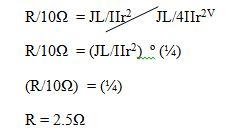
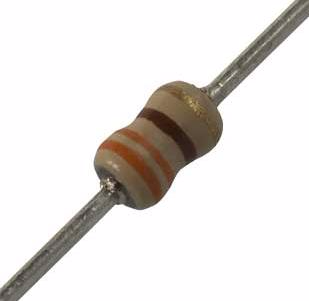

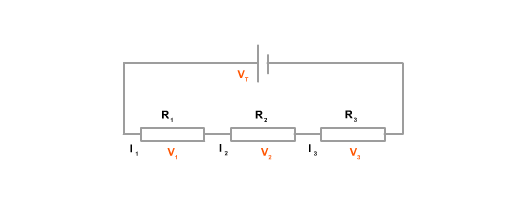

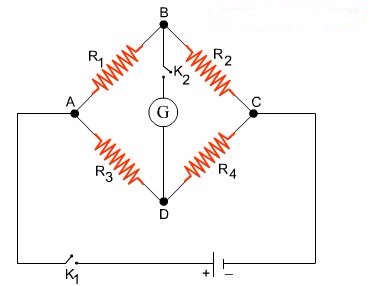
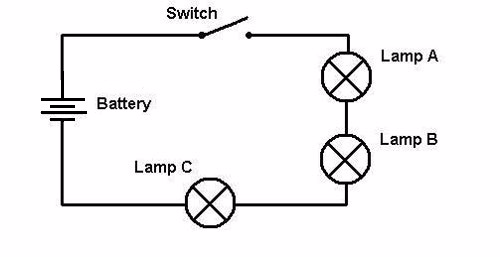
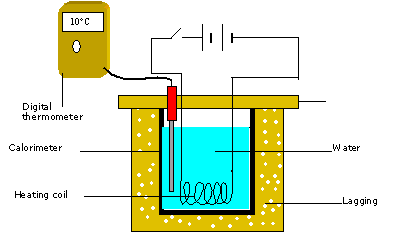
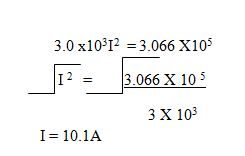
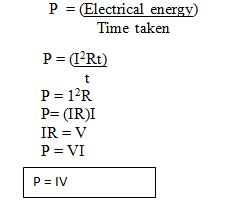
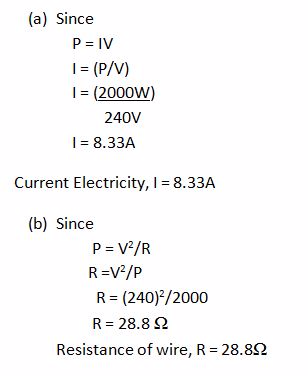
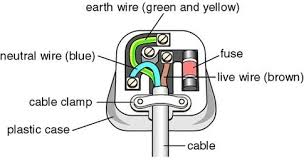
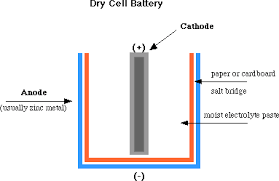



1 Comment
Nice